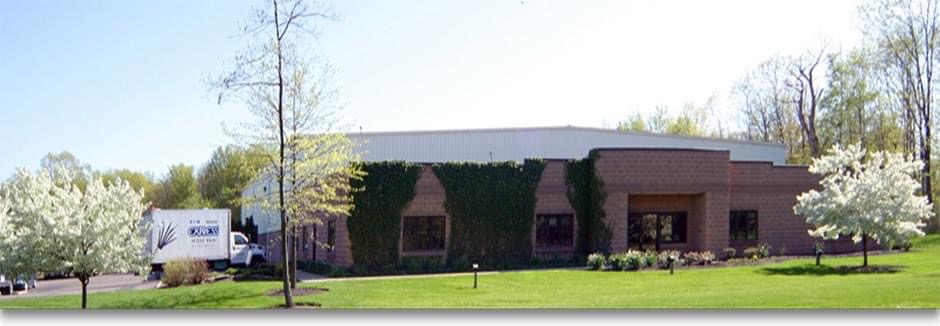Inductive Sensors

Highest quality and accuracy for automation
Automation is almost inconceivable without inductive sensors. Wherever processes are automated, non-contact position detection of metallic objects, free from wear, and with high reliability are in demand whether in machine building, electronics production, in the automobile, foods or plastics industry.
Balluff offers you a wide range of inductive sensors in various form factors for virtually any application: from standard sensors to sensors with extended switching distance, hygiene-approved, high-pressure and Ex sensors, Factor 1 or all-metal sensors. They are also available with additional ceramic or PTFE coating, for example to prevent weld splatter from adhering. You will also find all-metal with Factor 1 in our range.
Balluff inductive sensors are used to monitor, control and automate your processes and conditions with the highest level of quality, even in extreme environments.
The most important benefits
- Suitable for a variety of applications
- Contact-free and therefore wear-free
- Resistant to dirt
- Short-circuit protected
- In form factors from 3 mm Ø to 80 × 80 mm square dimensions
- Inductive Standard Sensors with Preferred Types
- Inductive 2-wire sensors
- Pressure-rated inductive sensors
- Hygienic inductive sensors
- Inductive factor 1 sensors
- Inductive full-metal sensors
- Magnetic-field-resistant inductive sensors
- Weld-immune inductive sensors
- Temperature-rated inductive sensors
- Inductive sensors for hazardous areas
- Inductive NAMUR sensors
- Inductive ring and tube sensors
- Inductive distance sensors
- Inductive positioning systems












































